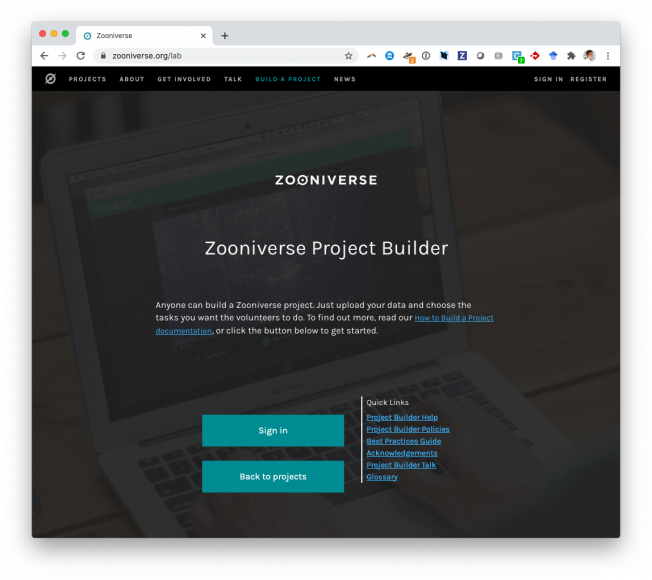Galaxy Zoo: Bar lengths in local disc galaxies
Monthly Notices of the Royal Astronomical Society 415:4 (2011) 3627-3640
Abstract:
We present an analysis of bar length measurements of 3150 local galaxies in a volume-limited sample of low-redshift (z < 0.06) disc galaxies. Barred galaxies were initially selected from the Galaxy Zoo 2 project, and the lengths and widths of the bars were manually drawn by members of the Galaxy Zoo community using a Google Maps interface. Bars were measured independently by different observers, multiple times per galaxy (≥3), and we find that observers were able to reproduce their own bar lengths to 3 per cent and each others' to better than 20 per cent. We find a colour bimodality in our disc galaxy population with bar length, i.e. longer bars inhabit redder disc galaxies and the bars themselves are redder, and that the bluest galaxies host the smallest galactic bars (<5h-1kpc). We also find that bar and disc colours are clearly correlated, and for galaxies with small bars, the disc is, on average, redder than the bar colours, while for longer bars the bar then itself is redder, on average, than the disc. We further find that galaxies with a prominent bulge are more likely to host longer bars than those without bulges. We categorize our galaxy populations by how the bar and/or ring are connected to the spiral arms. We find that galaxies whose bars are directly connected to the spiral arms are preferentially bluer and that these galaxies host typically shorter bars. Within the scatter, we find that stronger bars are found in galaxies which host a ring (and only a ring). The bar length and width measurements used herein are made publicly available for others to use. © 2011 The Authors Monthly Notices of the Royal Astronomical Society © 2011 RAS.Galaxy Zoo: Multimergers and the Millennium Simulation
Monthly Notices of the Royal Astronomical Society 416:3 (2011) 1745-1755
Abstract:
We present a catalogue of 39 multiple mergers, found using the mergers catalogue of the Galaxy Zoo project for z < 0.1, and compare them to corresponding semi-analytical galaxies from the Millennium Simulation. We estimate the (volume-limited) multimerger fraction of the local Universe using our sample and find it to be at least 2 orders of magnitude less than binary mergers - in good agreement with the simulations (especially the Munich group). We then investigate the properties of galaxies in binary mergers and multimergers (morphologies, colours, stellar masses and environment) and compare these results with those predicted by the semi-analytical galaxies. We find that multimergers favour galaxies with properties typical of elliptical morphologies and that this is in qualitative agreement with the models. Studies of multimergers thus provide an independent (and largely corroborating) test of the Millennium semi-analytical models. © 2011 The Authors Monthly Notices of the Royal Astronomical Society © 2011 RAS.Moon Zoo: Citizen science in lunar exploration
Astronomy and Geophysics 52:2 (2011) 2.10-2.12
Abstract:
The Moon Zoo Team describe how citizen scientists can get involved and explore the Moon online. © 2011 Royal Astronomical Society.Galaxy Zoo: Bar lengths in local disc galaxies
Monthly Notices of the Royal Astronomical Society (2011)
Moon Zoo: citizen science in lunar exploration
ASTRONOMY & GEOPHYSICS 52:2 (2011) 10-12



